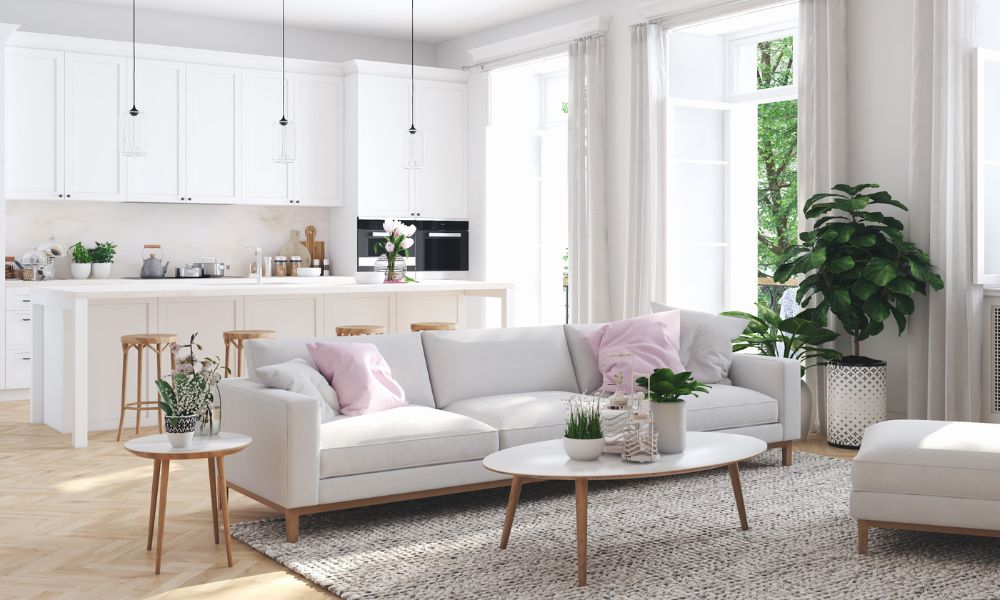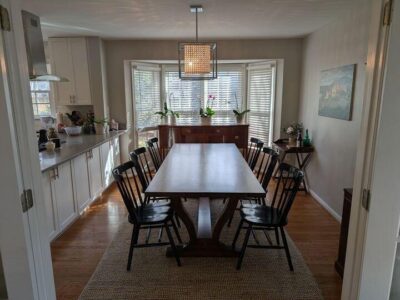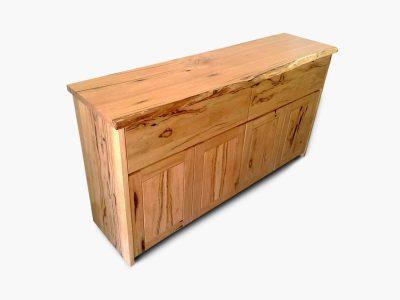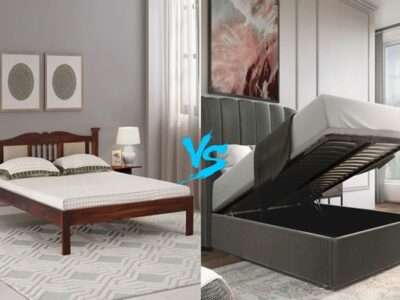Furniture styles have evolved over the years, with each era leaving its mark on the design world. From mid-century modern to industrial, each style has its unique characteristics that make it stand out. In this article, we will break down some of the most popular furniture styles and explore their defining features.
Mid-century Modern
The mid-century modern style emerged in the 1950s and 1960s, a time when designers were exploring new materials and experimenting with bold shapes and colors. The style is characterized by clean lines, minimalist forms, and a focus on functionality. Mid-century modern furniture is often made from natural materials, such as wood, and features simple, geometric shapes. Pieces from this era are highly sought after and have become a staple in modern design.
Scandinavian
Scandinavian furniture is known for its simplicity, functionality, and minimalism. The style emerged in the 1950s and is characterized by its use of natural materials, such as wood and leather, and its clean lines. Scandinavian furniture is often designed with functionality in mind, with pieces serving multiple purposes. The style is popular in modern design and is often associated with the concept of hygge, a Danish term that describes a feeling of coziness and contentment.
Industrial
The industrial style emerged in the late 19th century, during the industrial revolution. It is characterized by its use of raw materials, such as metal and wood, and its focus on functionality. Industrial furniture often features exposed hardware and unfinished surfaces, giving it a rugged, utilitarian feel. The style has become increasingly popular in recent years, with many designers incorporating industrial elements into modern design.
Art Deco
The Art Deco style emerged in the 1920s and 1930s, a time when designers were exploring new materials and techniques. The style is characterized by its use of geometric shapes, bold colors, and luxurious materials, such as marble and brass. Art Deco furniture often features intricate details, such as inlays and carvings, and is designed to make a statement. The style is often associated with glamour and luxury, and has become a staple in high-end design.
Each furniture style has its unique characteristics that make it stand out. From mid-century modern to industrial, these styles have left their mark on the design world and continue to influence modern design today. Whether you prefer the simplicity of Scandinavian design or the boldness of Art Deco, there is a furniture style to suit every taste.












Comments